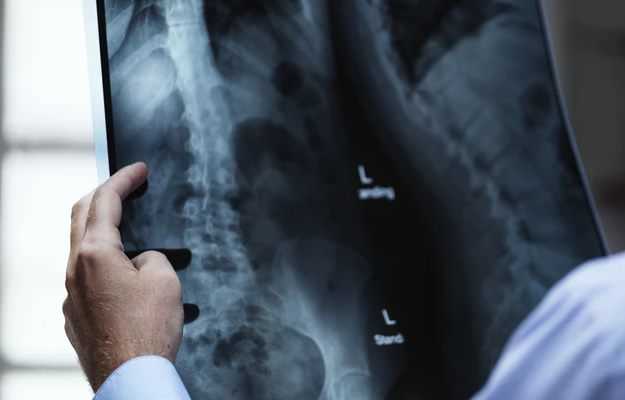What is Primary Myelofibrosis?
Primary myelofibrosis is a disorder in which there is a formation of scar tissue (fibrosis) in the bone marrow. The bone marrow is present within the bones and is responsible for the production of blood cells. In this condition, the bone marrow fails to produce an adequate amount of normal blood cells. Thus, primary myelofibrosis hampers the production of normal blood cells.
What are the main signs and symptoms?
No symptoms are observed in about 20% of individuals with myelofibrosis when they are first diagnosed. It develops gradually with time. The following symptoms are generally observed
- Anaemia due to deficiency of red blood cells. The symptoms of anaemia are:
- Lack of white blood cells leading to an increased susceptibility to infections.
- Reduction in platelet count, thereby increasing prolonged bleeding risk.
- Enlarged spleen.
- Enlarged liver.
- Bone pain.
- Night sweats.
- Fever.
What are the main causes?
The exact reason behind primary myelofibrosis condition is still unclear, but it may occur due to mutations in the genes JAK2, MPL, CALR, and TET2. These genes provide instructions for the growth and multiplication of blood cells. The mutations in these genes affect the active production of normal blood cells.
Primary myelofibrosis cannot be inherited by a child from a parent.
How is it diagnosed and treated?
Doctors recommend the following for the diagnosis of primary myelofibrosis:
- Physical examination to detect enlargement of the spleen and liver.
- Blood tests to identify the levels of various blood cells.
- Biopsy of the bone marrow to detect fibrosis.
- Cytogenetic and molecular analyses of a blood and bone marrow sample to check for gene mutations.
As the cause of the condition is unknown, treatment involves relieving the symptoms. No treatment is recommended for individuals without any symptoms. Regular follow-ups are needed to check for the development of any symptoms. The treatment plans in individuals with symptoms are as follows:
- Medications, such as hydroxyurea and busulfan.
- Blood transfusion for individuals with severe anaemia.
- Hormonal therapy involving treatment with androgens or corticosteroids to decrease the destruction of blood cells and increase their production.
(Consult a doctor with doctor consultation app)

 Doctors for Primary Myelofibrosis
Doctors for Primary Myelofibrosis  OTC Medicines for Primary Myelofibrosis
OTC Medicines for Primary Myelofibrosis

















